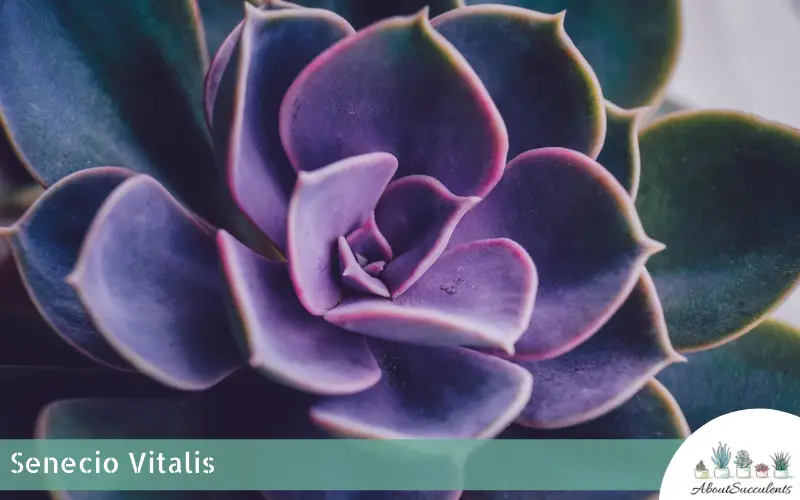
Translated into English, Echeveria Perle von Numberg means “The Pearl of Numberg” and this interesting succulent is indeed every bit as beautiful and elegant as a pearl. Unlike a pearl, this plant is easy to find.
What makes horticulturists describe this succulent as perfect? For starters, it has excellent symmetry; there is perceptible balance between its height and width and its inviting leaves form a perfectly-shaped rosette.
The leaves have a purplish, almost greyish-brown color, highlighted with deep-pink hues and appear to be dusted in white powder. Echeveria Perle von Numberg blooms with bright-colored flowers that stand on foot-long reddish stems in the summertime.
The alluring succulent plant comes from the Crassulaceae family and is sometimes referred to as Pearl of Numberg Echeveria and can grow to a height of 5-inches (13cm) tall.
This plant is cultivated from two varieties: Echeveria gibbiflora var. Metallica and Echeveria potosina which are both native to Mexico. The cultivation was done by Richard Grassner in Germany during the 1930s.
General Information:
Also known as: Pearl of Numberg
Plant Family: Crassulaceae
Origin: Mexico
Height: 5-inches (13cm) tall
Exposure: Partial to light sunlight
Water Needs: Water only when soil is dry to the touch, little watering during the winter months.
Soil Type: Cactus soil or a well-draining soil mix mixed with pumice and lava rocks at a 1:1 ratio to the soil
Soil pH: Slightly Acidic (6.1 to 6.5 pH)
Tolerance: Mild Drought
How to Grow and Care for Echeveria Perle von Numberg
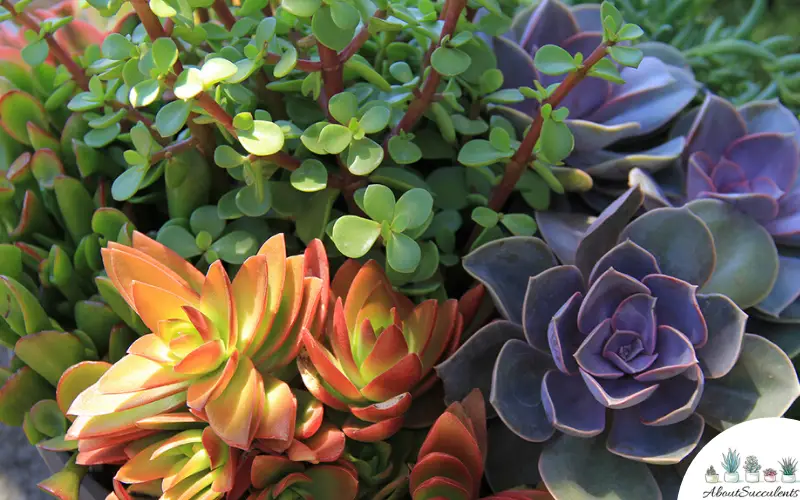
Echeveria Perle von Numberg is popular among horticulturists not only for its beauty but it is easy to grow and maintain. Pearl of Numberg is also used as decoration in wedding receptions.
Although it can be infested by pests, Pearl of Numberg has proven to be more durable and resistant to disease when compared to other succulents.
1. Sunlight
Echeveria Perle von Numberg’s leaves can attain its amazing pink and purple colors when given proper exposure to the sun.
As a garden plant, place Echeveria Perle von Numberg in a location that receives 6 hours of morning light every day.
Like most plants of the genus Echeveria, Pearl of Numberg is not a cold-hardy succulent. It grows better in USDA zones 9 to 11.
If you live in a region where the temperature can drop below 30° F (-1.1° C), then it would be best to grow Echeveria Pearl von Numberg indoors. Place the succulent near a window that gets plenty of sunlight.
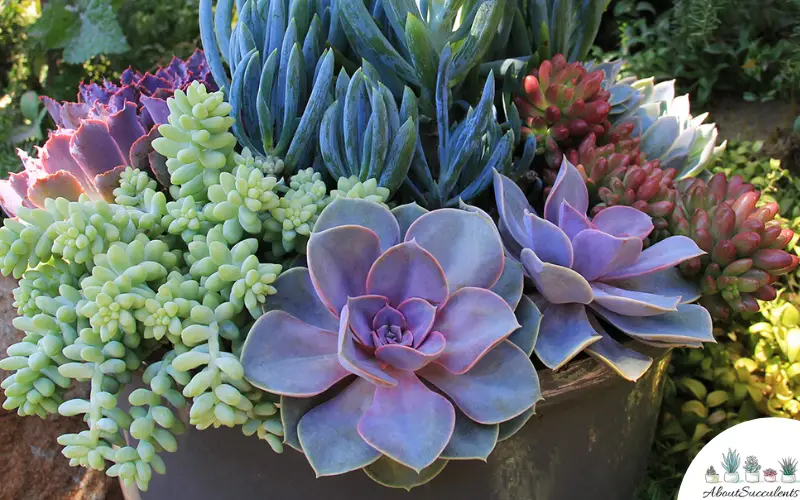
2. Watering
Echeveria Pearl von Numberg has the same watering needs as other succulents. It is mildly tolerant of drought and does better when given water once the soil has gone completely dry.
To know if it is time to water the soil, use the stick test. Insert a stick around 1 to 2-inches in the soil. Pull out the stick and if it feels dry to the touch, give the succulent water.
You might have to water Echeveria Pearl von Numberg more often during the growth phase and periods of prolonged heat and dryness.
Restrict the watering schedule during the winter months as the soil tends to stay moist longer.
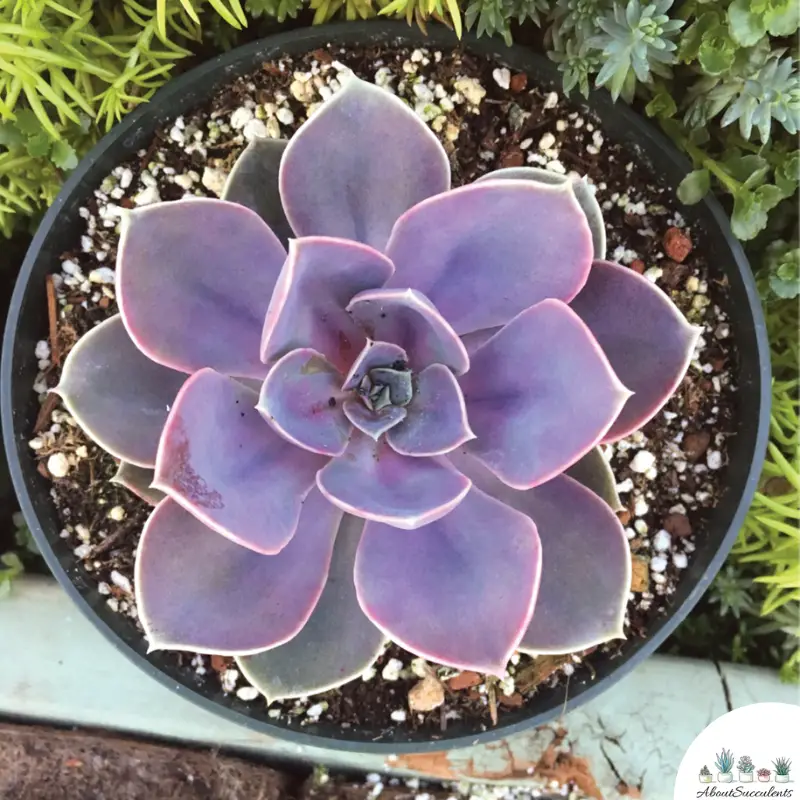
3. Pot and Soil
Choose a ceramic pot to plant Echeveria Pearl von Numberg. Ceramic pots don’t go through the process of glazing. This means a ceramic pot allows proper evaporation of moisture to take place leaving the soil completely dry in time for the next watering schedule.
Use cactus soil or a well-draining soil mix for Echeveria Pearl von Numberg. To improve drainage, add pumice and lava rocks at a 1:1 ratio to the soil.
How to Propagate Echeveria Pearl von Numberg
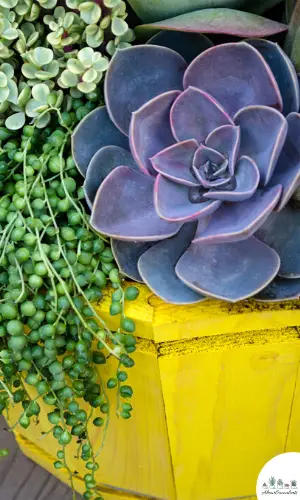
Echeveria Pearl von Numberg is easy to propagate and there are 3 methods that you can try: Leaves or cuttings.
Method 1 – Leaves
Step 1 – Choose a healthy leaf from the stem.
Step 2 – Perform a clean pull whereby no part of the leaf is left on the stem. A clean pull will ensure successful propagation.
Step 3 – Place the leaves in a dry and shaded area for 1-2 days to allow them to develop calluses.
Step 4 – Once the calluses have formed, place the leaves on well-draining soil.
Method 2 – Cuttings
Step 1 – Remove a part of the stem with a sharpened and sterilized knife or garden shears.
Step 2 – Let the cuttings dry out and develop calluses by placing them in a dry and shaded area for a few days.
Step 3 – When the cuttings have properly callused, place them on well-draining soil.
Step 4 – Water the soil whenever it has completely dried out.
Method 3 – Beheading
Step 1- Cut off the top of Echeveria Pearl von Numberg with a pair of sharpened and sterilized scissors.
Step 2 – Make sure there is 1 – 2 inches left on the base of the plant plus 2-3 leaves.
Step 3 – Allow the cutting and the base to dry out completely for a few days.
Step 4 – If the end of the cutting has completely hardened or callused, plant it in well-draining soil.
Frequently Asked Questions
Is Echeveria Perle von Numberg Toxic for Cats and Dogs?
Echeveria Perle von Numberg does not appear in the list of plants that are toxic to cats and dogs on the website of the American Society for the Prevention of Cruelty to Animals (ASPCA).
Why is my Echeveria Perle von Numberg Succulent Dying?
There are 2 possible causes for your Echeveria Perle von Numberg succulent dying: Overwatering and pest infestation.
1. Overwatering
Giving Echeveria Perle von Numberg more water than it needs will cause its roots to rot. When the roots rot, it will develop an infection which will spread throughout the plant.
Before watering Pearl of Numberg, check is the soil has properly dried out. If you see the leaves turning brown or black, the roots could already be rotting. Cut off the rotting parts with a sharpened and sterilized pair of garden shears.
Remove the plant from the soil. Shake off the excess soil and check the roots for signs of rotting. Use the shears to cut off the rotting roots then allow Echeveria Perle von Numberg to dry out completely before re-planting in fresh, well-draining soil.
2. Pest Infestation
Echeverias are favorite targets of pests such as mealybugs and aphids. Pearl of Numberg is no exception. These pests love to drink the sap of the plant. Once drained of the nutritious sap, the succulent will die.
Remove dead leaves near the base of the plant. These leaves are used as a home by the mealybugs. You can spray Pearl of Numberg with neem oil to keep the pests away. Once-A-Week spraying will suffice.
If you notice cotton-like substances on Echeveria Perle von Numberg’s leaves, these are remnants leftover by the mealybugs. You can remove the substances with a cotton ball dabbed in denatured alcohol.
Does Echeveria Perle von Numberg Produce Flowers?
Yes, Echeveria Perle von Numberg blooms small, beautiful, coral-pink flowers with a yellow interior in the summertime.
Last Updated on June 10, 2022 by Sofia Lara